Since 2009, Bank of America (BofA) has closed 1,597 branches in 253 counties across the US, selling the spaces to local banks in some areas and directing customers to further branches in others, according to The Wall Street Journal. For context, that's equivalent to 26% of the branches that the bank currently operates, and represents a big cut that's reflective of a rising industry trend.
Research and publish the best content.
Get Started for FREE
Sign up with Facebook Sign up with X
I don't have a Facebook or a X account
Already have an account: Login
Get weekly or monthly digest of all posts in your inbox: https://fmcs.digital/wim-subscribe
Curated by
Farid Mheir
 Your new post is loading... Your new post is loading...
Emma Gongon's curator insight,
December 7, 2020 4:19 PM
Its very interesting to see how technology has affected their business making it easier to actually obtain coffee would have a negative effect on their sales. But a large company like Starbucks would not really be effected from this small decline in their stock.

Fred Hagerman's curator insight,
June 30, 2015 8:09 AM
Great slides from Andreessen Horowitz on Mobile's impact. |

Curated by Farid Mheir
Get every post weekly in your inbox by registering here: http://fmcs.digital/newsletter-signup/
|




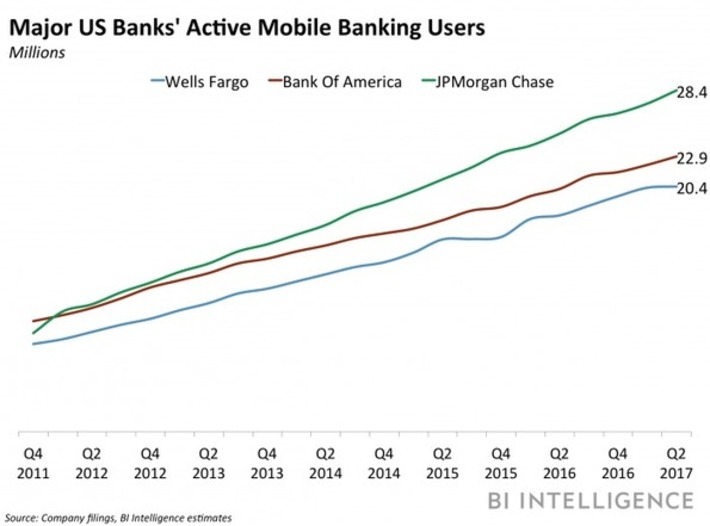

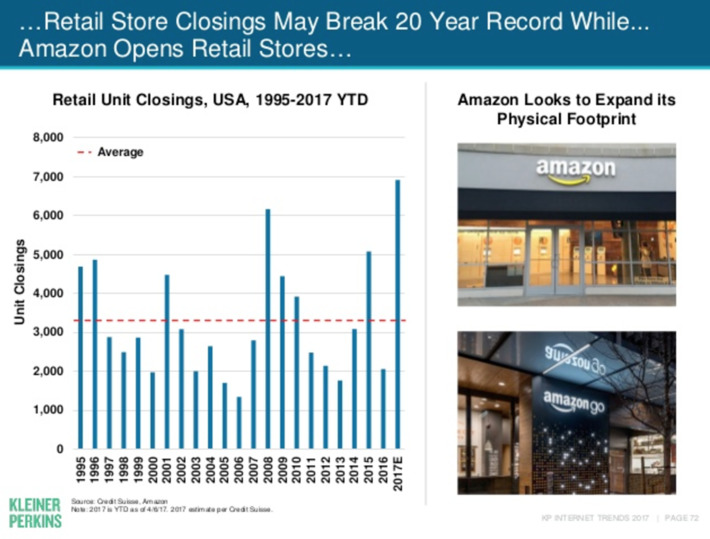
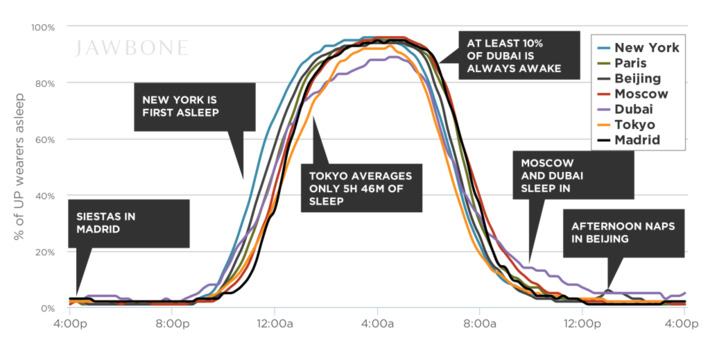
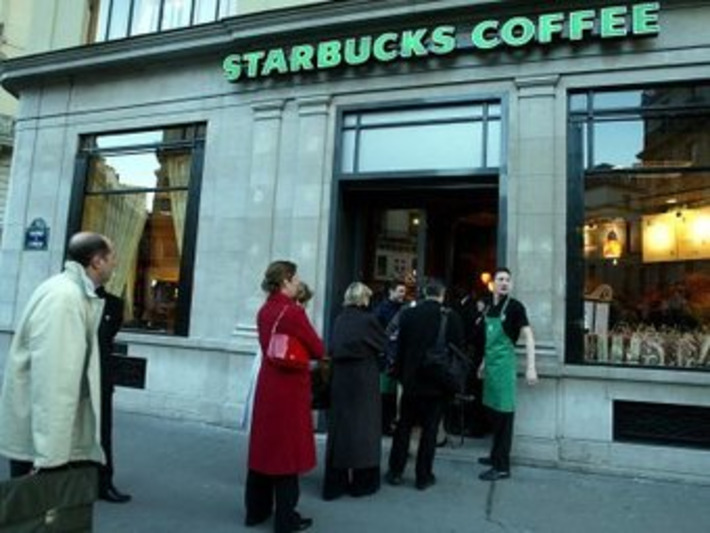
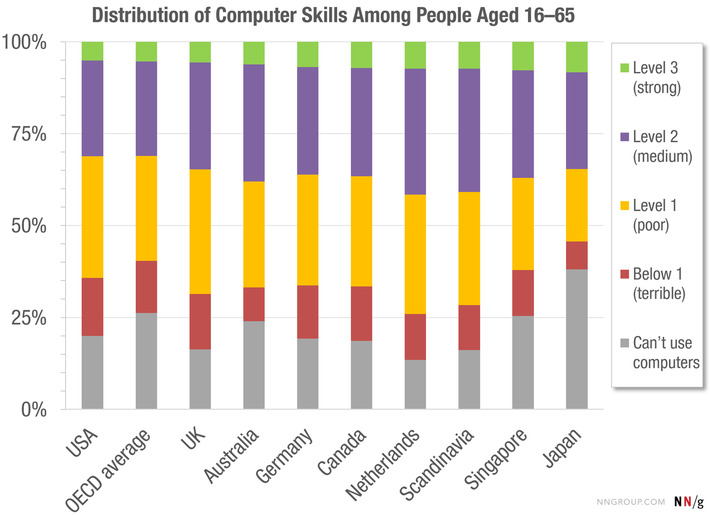


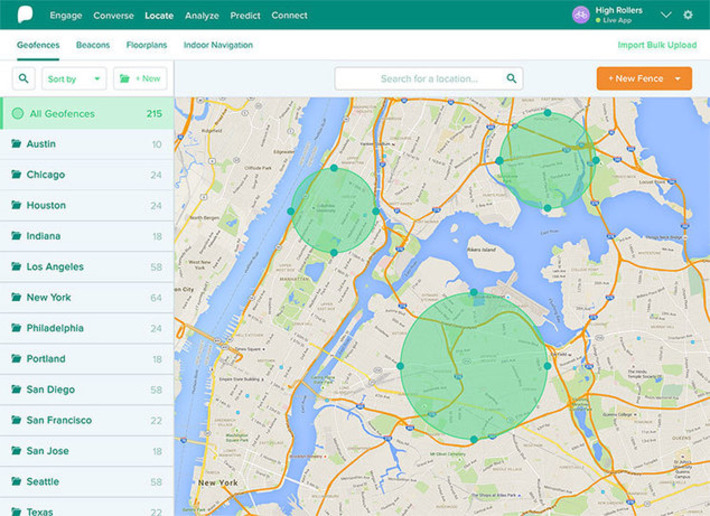

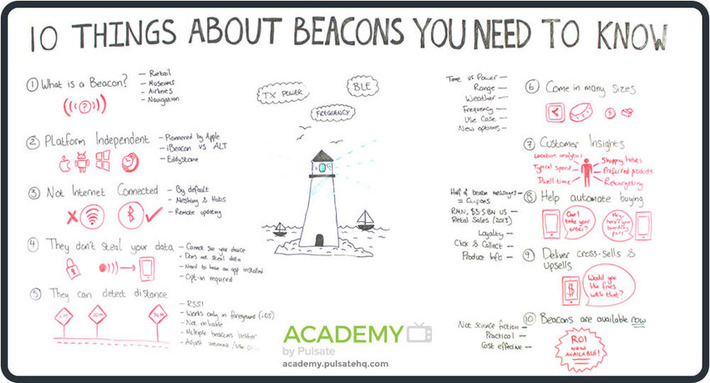
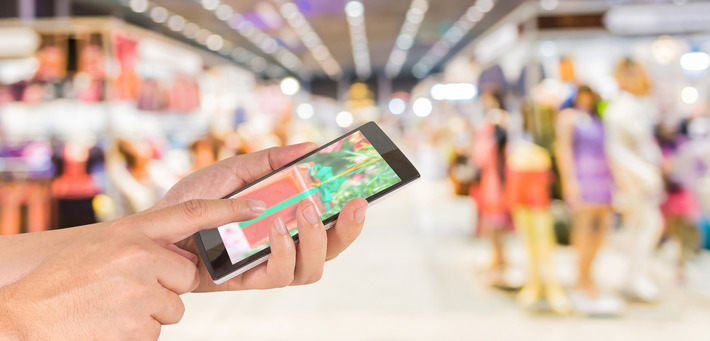
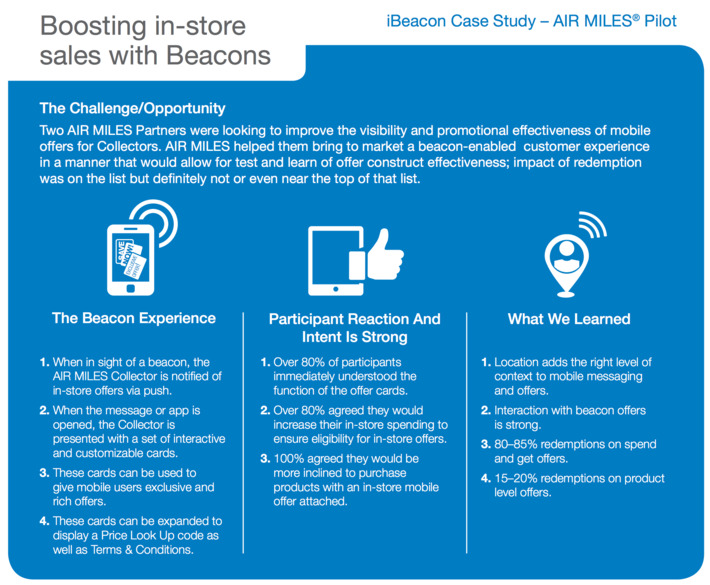
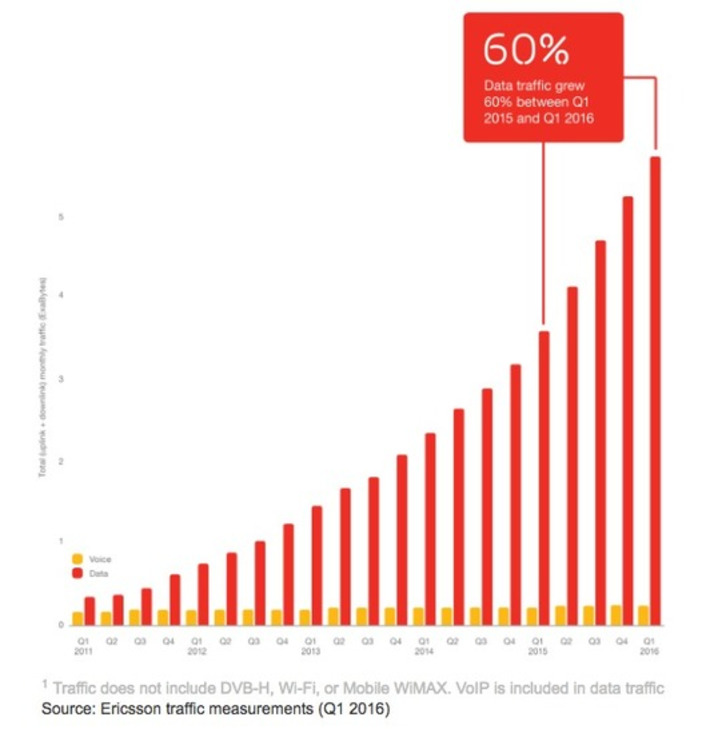
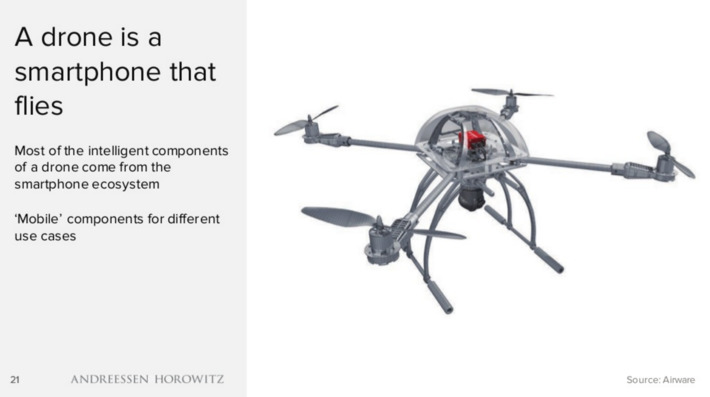













WHY THIS IS IMPORTANT
I remember a time in the late 90s early 2000s when cutting cost meant outsourcing to India. Today, it seems the trend is moving to digital. This stat from BofA is quite clear: digital saves costs.